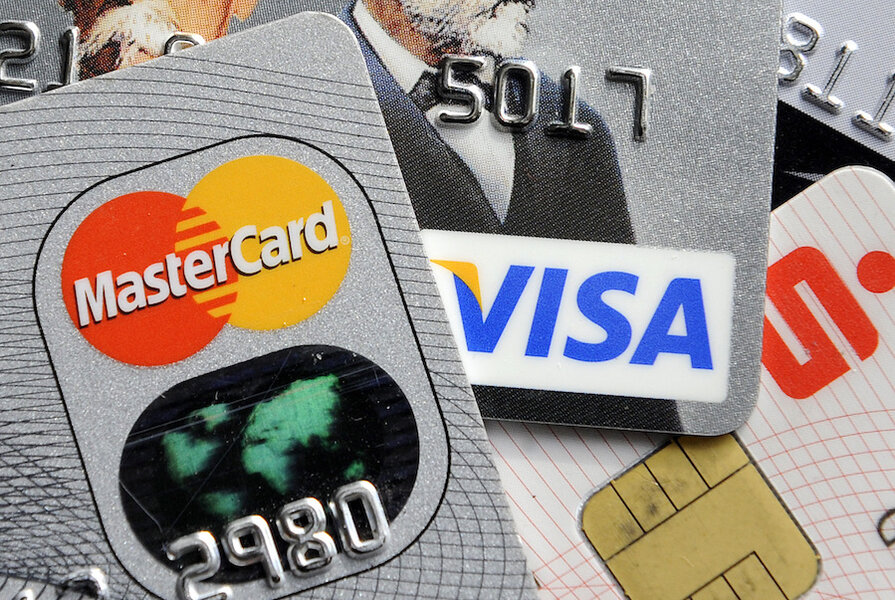Why high-net-worth individuals prefer cash back rewards
Loading...
Past studies and surveys have shown that high-net-worth individuals overwhelmingly prefer cash back credit cards. However, if you look at the face of rewards rate values, cash back credit cards tend to offer lower returns per purchase. Why, then, are they so highly regarded?
When you consider maximizing long-term value, and strategizing around how your spending breaks down, cash back credit cards tend to provide the biggest payoff. This is especially true for fixed rate cash back offers that give anywhere between 1.5% and 2% back on all your purchases. Though in certain cases other types of cards can return as high as 3% to 5%, a closer look reveals how cash back rewards can begin to outperform competitors.
Cash back is the most rewarding when you consider rewards points currency. Airline miles, points, cash back –- while it may seem that earning one instead of the other doesn't matter, it does make a difference. If you think of rewards as currency, it makes sense to pick ones that have the most value and growth potential. Cash back rewards fit this bill on two fronts. First, they are not subject to sudden devaluations like miles. Secondly, you have a lot more options for redeeming your cash back rewards than any other form of credit card rewards.
Airline miles can be volatile. News of devaluations hit every year, especially as airlines begin to move away from standard award charts. The most recent of these was American Airlines' AAdvantage miles, which in Q1 2016 lost approximately 12% in value. This occurred as a result of the carrier moving away from a fixed award chart, and instead basing redemptions on the cost of each individual airfare.
Even without devaluations, points and miles are only useful when you choose to redeem them for a night or flight. Otherwise, they are sitting around in your account and not growing. On the other hand, you can make cash back immediately usable. For example, you could withdraw your accumulated cash back rewards and put them into a brokerage account that you can invest. This is simply not possible with airline miles.
Consider how many different merchants you shop with. One of the major downsides of co-branded and point-based credit cards is their limited best-use case. Many airline, hotel, and travel credit cards tend to provide the highest rewards on travel-related items and dining. However, daily life presents people with a plethora of other charges that exceed dining and travel. This is true for the average consumer, not just high net worth individuals. The average annual household budget totals over $63,700, of which just $2,625 is spent on dining out. Travel can end up costing more, especially if you have a family, though for the average budget it generally doesn't exceed approximately 18%.
Cash back credit cards, on the other hand, tend to focus on the more general everyday categories, including groceries, gas, utilities, apparel and services. Together, these categories account for roughly 25% of a person's budget.
If you’re a high spender, caps can limit your total potential savings. Many credit cards that offer rewards rates above 2% usually face some quarterly or annual spending cap, after which the rewards drop back down to 1%. This can be a great system for individuals whose spending fits within these limits. However, medium-to-high spenders will benefit more from an unlimited flat, fixed rate card instead. Luckily, plenty of cash back credit cards fall into this category, giving consumers an above average 1.5% to 2% back on all purchases. Lately, the nation's biggest issuers have also begun rolling out more and more of these types of offers. Since 2013, Citi, US Bank, Capital One, Barclaycard, and JPMorgan Chase have all launched such credit cards.
For example, consider a sample individual who spends $2,000 per month. With a 5% cash back card, capped at $1,500 per quarter, he can earn as much as $80 during the first month. Vecause the cap was hit, over the next two months he can only earn $40, no matter how is spent. That comes out to $120 in rewards over three months. Now consider that same scenario with a fixed 2% card. Though you’d earn less during the first month ($75 vs $40), in the end you’d come out with the same $120. The more you spend, and the further away you get from that $2k, the more a 2% card will end up saving you.
This story was originally published on ValuePenguin.







